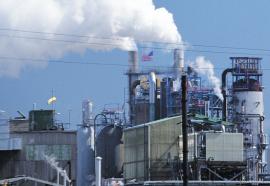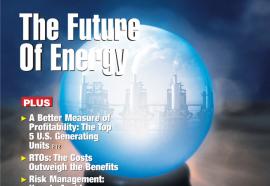EPA's Big Bet on Green Trading
Environmental Emissions: The cost to power markets of the Clean Air Interstate Rule depends on the ability to trade mercury.
The decision to limit mercury provides cover for utilities reluctant to spend on controlling NOx and SO2, while boosting other companies






